
Top 5 most populous megacities worldwide
The United Nations has released fresh data on the most populous cities in the world. Let's take a look at the top megacities by population.




The provision of IT services brought 43% of revenue to the largest IT companies, the share of revenues from the supply of hardware remained at 20%. Software development accounted for 32% of revenues, which is 11% higher than last year's figure. Only 3% of revenue is due to the sale of ready-made software products, and the share of production of hardware equipment is even less - about 2%.
In general, according to experts, the total revenue of the 100 largest IT companies in Russia in 2017 decreased by 1.9% in rubles, to 1,157 billion rubles, but in dollars, it increased by 12.6%. Despite signs of stagnation, it can be assumed that maintaining current high energy prices, as well as the absence of serious geopolitical disasters, will give the Russian IT market every chance of continuing its growth.

10 place – I-Teko
The tenth place of the rating is occupied by the I-Teko system integrator which has been supplying information solutions and consulting services to corporate clients since 1997.
Implementing solutions in the field of distributed information systems, creating data transmission networks, and also supplying communication equipment, the company earned 30.71 million rubles in 2017. The current number of employees is 2,865.

9 place – ITG (Inline Technologies Group)
The activities of the Inline Technologies Group (ITG) holding, which appeared in 2006, are multidisciplinary: the creation and implementation of automation systems not only for activities, but also for information interaction, building an IT infrastructure, and so on.
The volume of total revenue in 2017 was equal to 38.24 million rubles. The number of employees was 2,653.
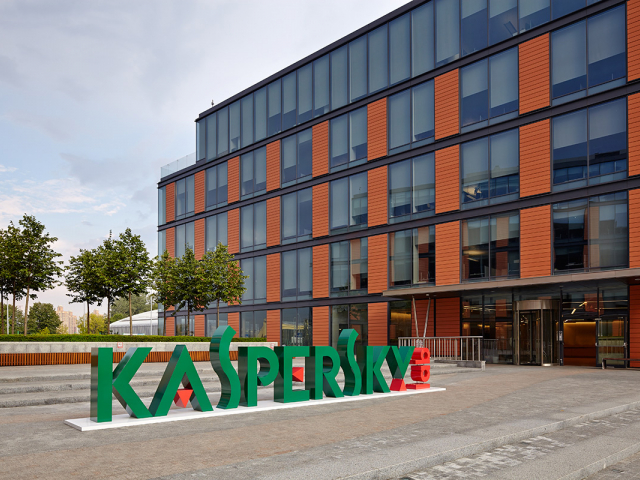
8 place – Kaspersky Lab
Kaspersky Lab, founded in 1997, develops systems for protecting against computer viruses, spam, hacker attacks and other cyber threats in more than 200 countries and territories of the world.
The total revenue in 2017 exceeded 40.71 million rubles.

7 place – 1C
The meaning of the name of the company, created in 1991, is associated with its own search program: it takes no more than 1 second to obtain information.
Revenue for the provision of distribution services, support, and development of computer programs and databases in 2017 amounted to 42.70 million rubles.
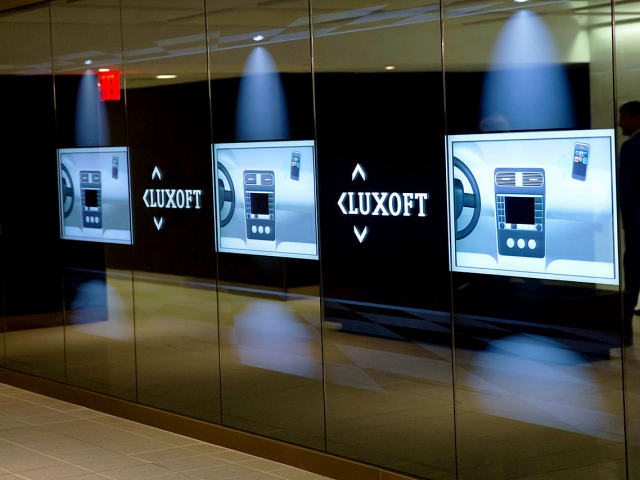
6 place – Luxoft
Another international company engaged in the development of software and the export of IT services is Luxoft, founded in Moscow in 2000. In 27 offices in 15 locations around the world (with development centers in Central and Eastern Europe, as well as North America and Asia) about 13 thousand people work. Luxoft's headquarters are situated in Zug, Switzerland. Providing a wide range of services related to software for various platforms and technologies, in 2017 the company earned 45.82 million rubles.
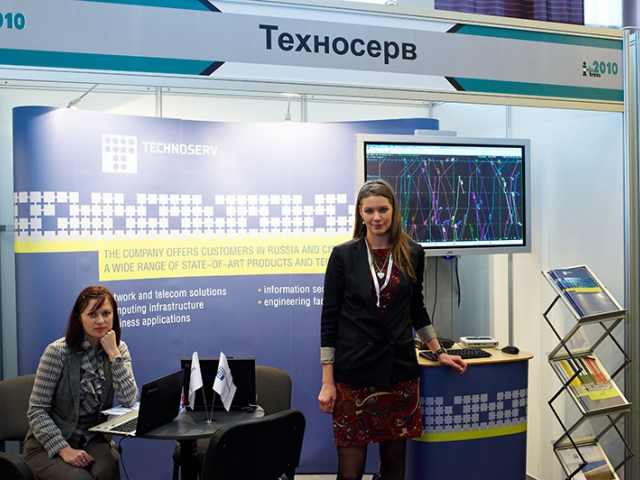
5 place – Technoserv
The Technoserv system integrator, founded in 1992, is currently engaged in the implementation of socially significant projects for the applying, development, and outsourcing of info-communication infrastructure, information security systems, energy and engineering systems, and large application platforms.
In terms of total revenue for 2017 (50.82 million rubles), Technoserv is ahead of I-Teko, another system integrator, by 1.5 times. The current number of employees of Technoserv is 2,657.
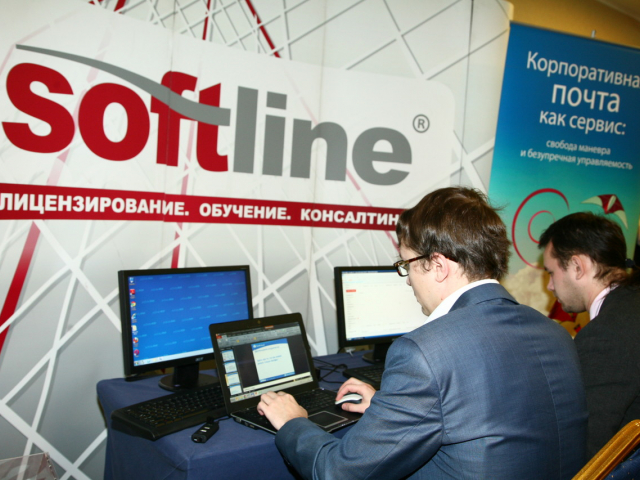
4 place – Softline
Softline is the largest international provider of IT solutions and services to the markets of Russia, Eastern Europe, Central Asia, America, India and South-East Asia. The company, founded in 1993, is a partner of such software and hardware leaders as Microsoft, Oracle, Adobe, Veeam, EMC, Cortado, Symantec, etc. Softline's revenue for 2017 was 71.68 million rubles, and the number of employees exceeded 4,300 people.
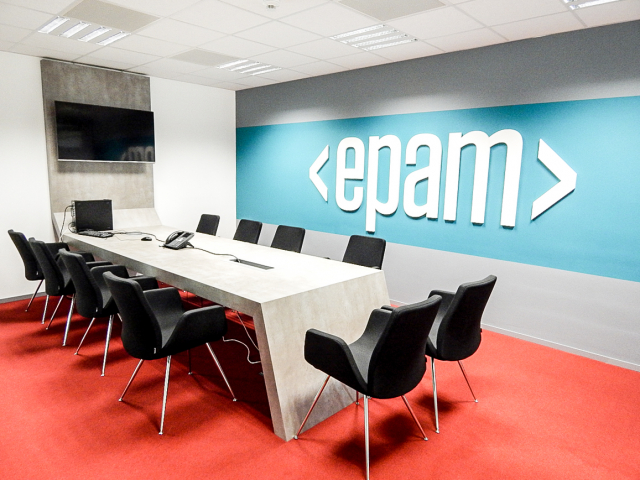
3 place – EPAM Systems
The history of EPAM (Effective Programming for AMerica) as the largest developer and manufacturer of custom software in Central and Eastern Europe began with the office in Newtown in 1993.
At the moment, the American company has representative offices in 25 countries, is a resident of the Belarusian High Technology Park, and also provides a number of consulting services. The total revenue received in 2017 is estimated at 84.58 million rubles.
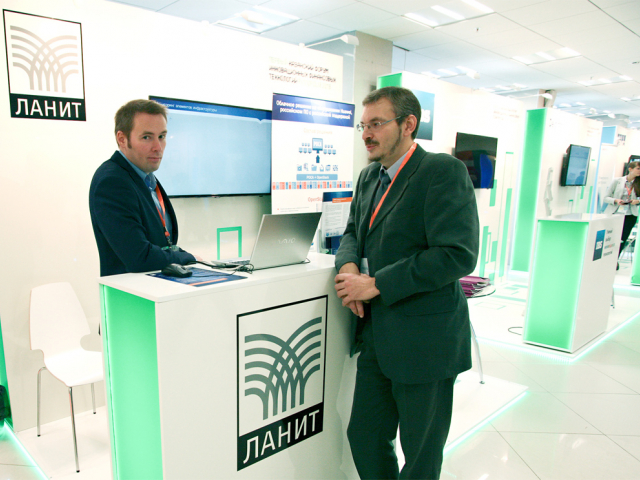
2 place – Lanit
Lanit ("Laboratory of New Information Technologies) has been providing a wide range of IT services since 1989, from development and implementation to staff training and service support. The total revenue in 2017 amounted to 137.07 million rubles.
According to the HeadHunter's annual rating, following the results of 2017, the Lanit group of companies became one of the top ten employers of Russia (with a staff of 7,749 people).

1 place – NCC
The National Computer Corporation (NCC)represents three dozen offices and three hundred authorized service centers in all constituent entities of the Russian Federation, as well as its own computer equipment manufacturing plant. Formed in 2003 by combining four players in the local IT market, at the moment the IT-holding has 4,105 employees. NCC constantly confirms its leadership in key market segments, increases business scale and strengthens its credibility as an effective multi-profile IT structure.
As a result of a partnership with the world's largest producers, more than 250 contracts were signed in 2017. Total revenue at the same time amounted to over 189.24 million rubles.

The United Nations has released fresh data on the most populous cities in the world. Let's take a look at the top megacities by population.

Some analysts and crypto enthusiasts have shared their vision of the crypto market, despite many controversial predictions. However, this does not discourage enthusiasts. Here are the top 6 predictions for the near future of the crypto industry.

Deepfake is a technology based on artificial intelligence to create ultra-realistic fake videos, audio, and images featuring real people. In recent years, it has gained incredible popularity, evoking both admiration and concern. Celebrities, whose faces are often used for such purposes, have felt its impact most acutely. In this article, we will discuss five of the most "deepfaked" individuals who have become the main victims of this emerging technology.